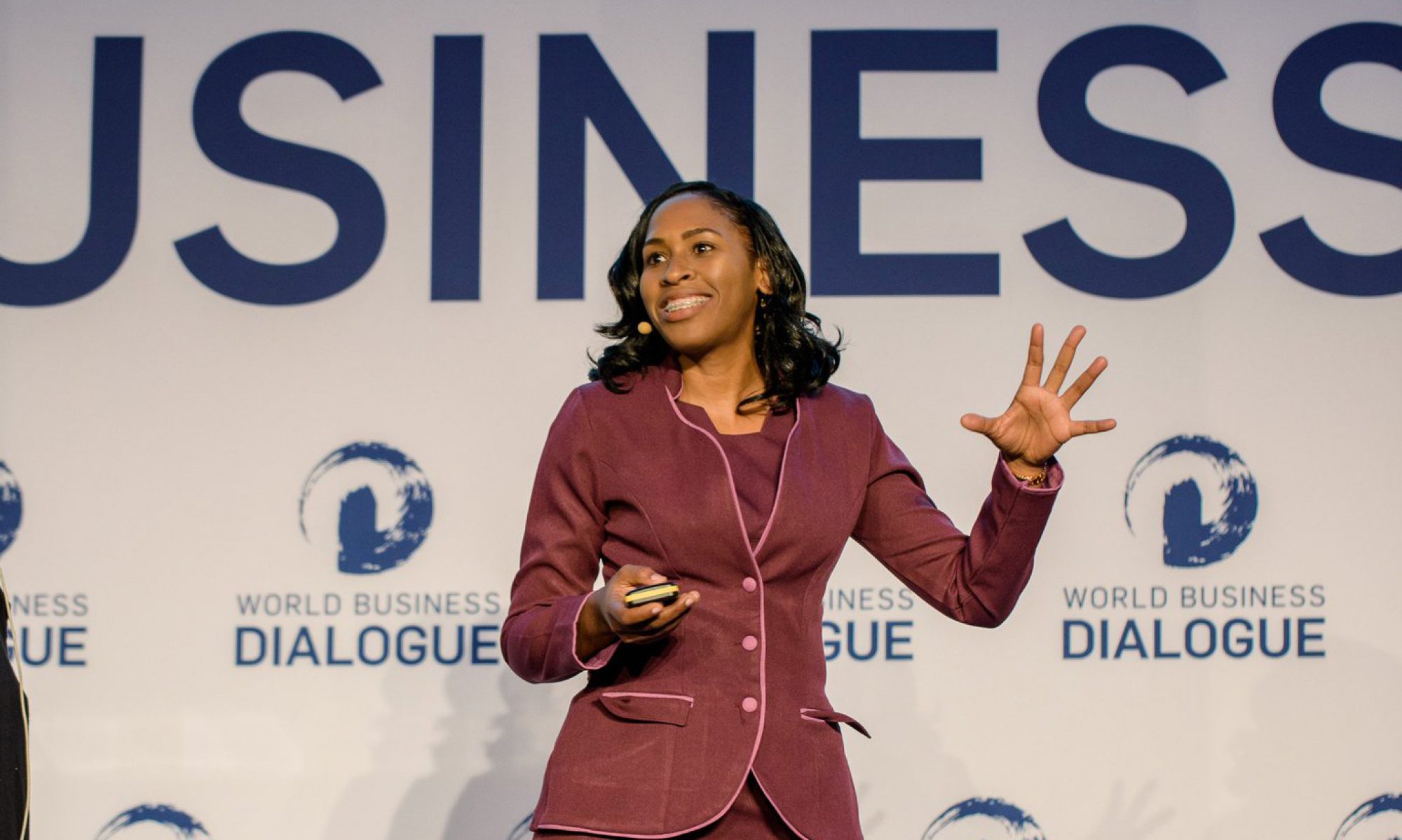I allow my employees flexibility in lunch time, breaks, sick days, family leave, further education, etc. I don’t believe in micromanaging. It puts undue stress on employees. I train, coach and mentor but I don’t have the time to micromanage.
If you hired someone, it means you believe they are capable of doing the job. Then trust them to get the job done. You don’t need to be constantly monitoring their every movement. Micromanagement breeds resentment and disloyalty.
In an AI age characterized by disruption and ambiguous change, we need to rethink how we lead people. It’s no secret that technology is transforming the workplace, and unfortunately, employee morale is only getting worse. As organizations continue to focus on this technology, they are overlooking the most important part of the equation – the people side of the disruption. Disruption isn’t solely about how you manage the technology; it’s how you lead the people. Technology is a tool that empowers change, but people make it happen.
What do employees want? Employees want to feel like they belong, are heard and appreciated. Ping pong tables and sweet treats are not enough. Engagement doesn’t have to be a challenge. Today, it can be accomplished by using digital tools. It’s all about building a culture of feedback and continuous conversations. My aim is to create an environment where employees feel safe and comfortable to express themselves.
As someone who travels a lot. I have had to get a little creative when it comes to engaging employees. I take advantage of systems as video conferencing and virtual meetings, which makes it easier to interact and connect with my employees. Weekly, I try to include 2 virtual coffee breaks. Additionally, once every three months, we meet up for a themed virtual party. It’s important to use technology not just in a transactional way. Have fun! It doesn’t need to be overly formal. Employees will look forward to these activities.
Results should be measured instead of hours spent behind a physical desk.
My employees don’t need to be in the office every day. My new employee asked to work from home, then started to feverishly explain. This is what I told her, “I don’t need to know the details. I do not pay for seat warmers. Come to the office fine. 9 to 5? Fine. Work from home. Fine. Work from the garage while they fix your car? Fine. Everybody works at a different pace. You choose how to get your work done. Keep clients happy. I am happy.”
The future lies in flexible work patterns. Allowing employees to work from anywhere using technology doesn’t have to slow down productivity. It’s 2020 not 1920. Digital tools allow us to collaborate across time and space effectively.
The best ideas and advancements are a result of empowering your team. If you want performance at scale, select the right people, provide them with the tools and support, and give them the room to get the job done.




